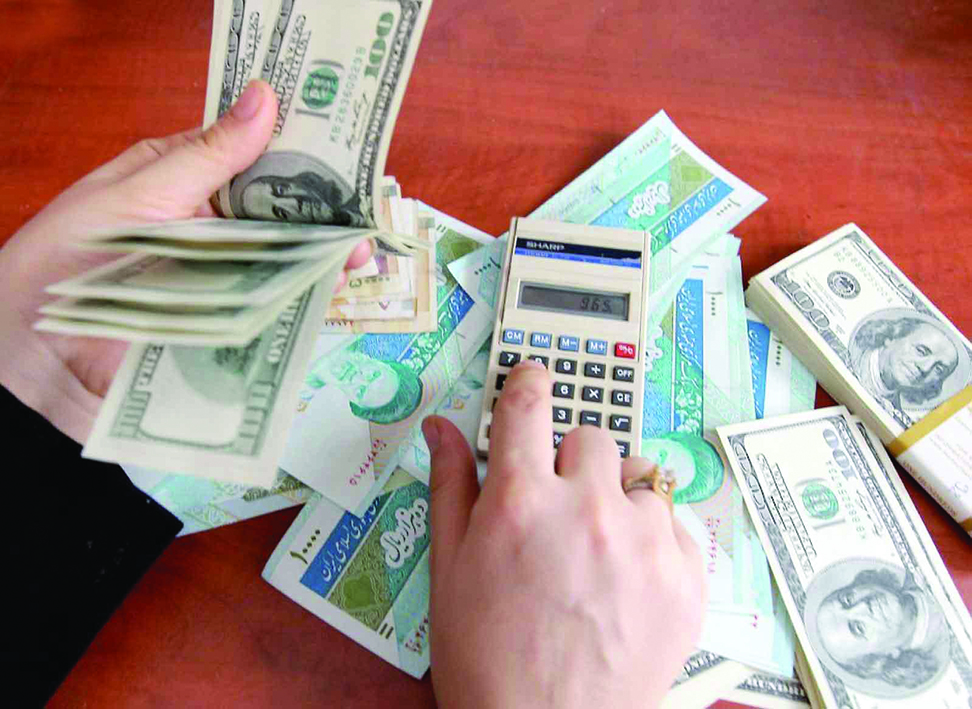Businesses and private sector representatives expect the Central Bank of Iran to speed up the process of unifying forex rates since the gap between free market and official exchange rates promotes rent-seeking and hurts exports.
Seyyed Hossein Salimi, a member of Iran Chamber of Commerce, Industries, Mines and Agriculture, said a single exchange rate helps attract foreign investments that could lead Iran’s economy toward prosperity, therefore it should be pursued by policymakers.
“Exporters are not able to ship their goods as a result of the difference between domestic and foreign prices,” Salimi was also quoted as saying by ICCIMA’s official website.
Domestic production in Iran is highly subsidized by the state. However, overshadowing the country’s protectionist policies is the practice of allocating cheap, subsidized foreign exchange by the government to imports, which runs counter to the spirit of boosting domestic industries.
Salimi, who is also the deputy chairman of Money and Capital Market Commission with the Tehran Chamber of Commerce, added that Iran’s banking system has been isolated for years due to nuclear sanctions.
“The implementation of international standards such as complying with International Financial Reporting System and capital adequacy ratio is not easy and will take a few years,” he said.
“It is wrong to think if the forex rates are unified tomorrow, all the problems would go away since the structure of business regulations is in need of reforms.”
Ferial Mostofi, the head of Investment Commission at ICCIMA, said it is important for foreign investors to know that if they invest in Iran, at what rate they would be able to exchange their money if they want to move it out of the country.
“It is predicted in the sixth five-year development plan (2017-22) to absorb $50 billion worth of foreign investment but it remains to be seen whether it is possible without forex rate unification,” she added.
Iran currently uses two exchange rates: the free market rate, which stood at 37,680 rials to the US dollar, and an official exchange rate for state transactions fixed by CBI at 32,489 rials on Thursday.
Mohammad Lahouti, the head of Iran Export Confederation, believes that the unification of foreign exchange rates should be accompanied by setting real exchange rates, otherwise the plan will fail as in the past.
“If the forex rates do not increase in tandem with inflation, that would hurt domestic production since it ruins their competitive edge, as a result of which imports and smuggling will increase significantly,” he said.
In order to bridge the gap between the two rates, the government began to gradually increase the official exchange rate for it to get closer to the unofficial market rate and tried to shorten the list of imports eligible to receive foreign currency at official rates.
Top economic officials, including CBI Governor Valiollah Seif and Economy Minister Ali Tayyebnia, had repeatedly promised that the forex rate will be unified soon after all the prerequisites are in place.


